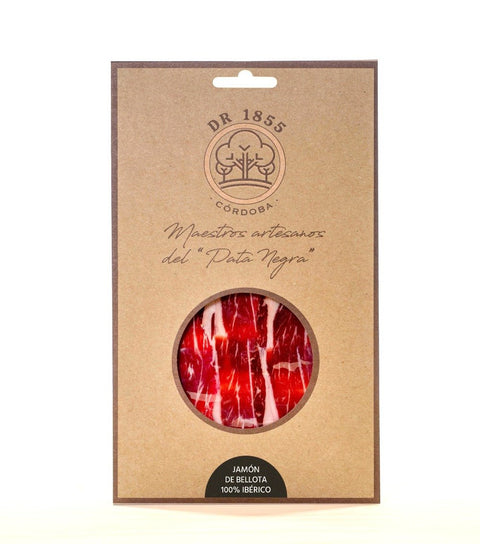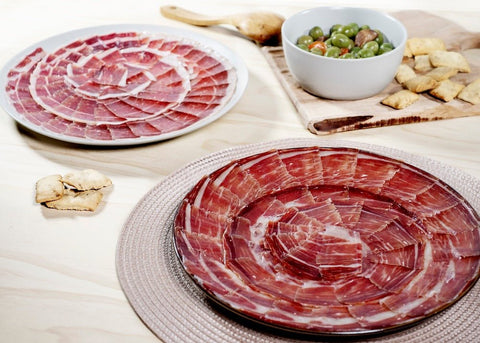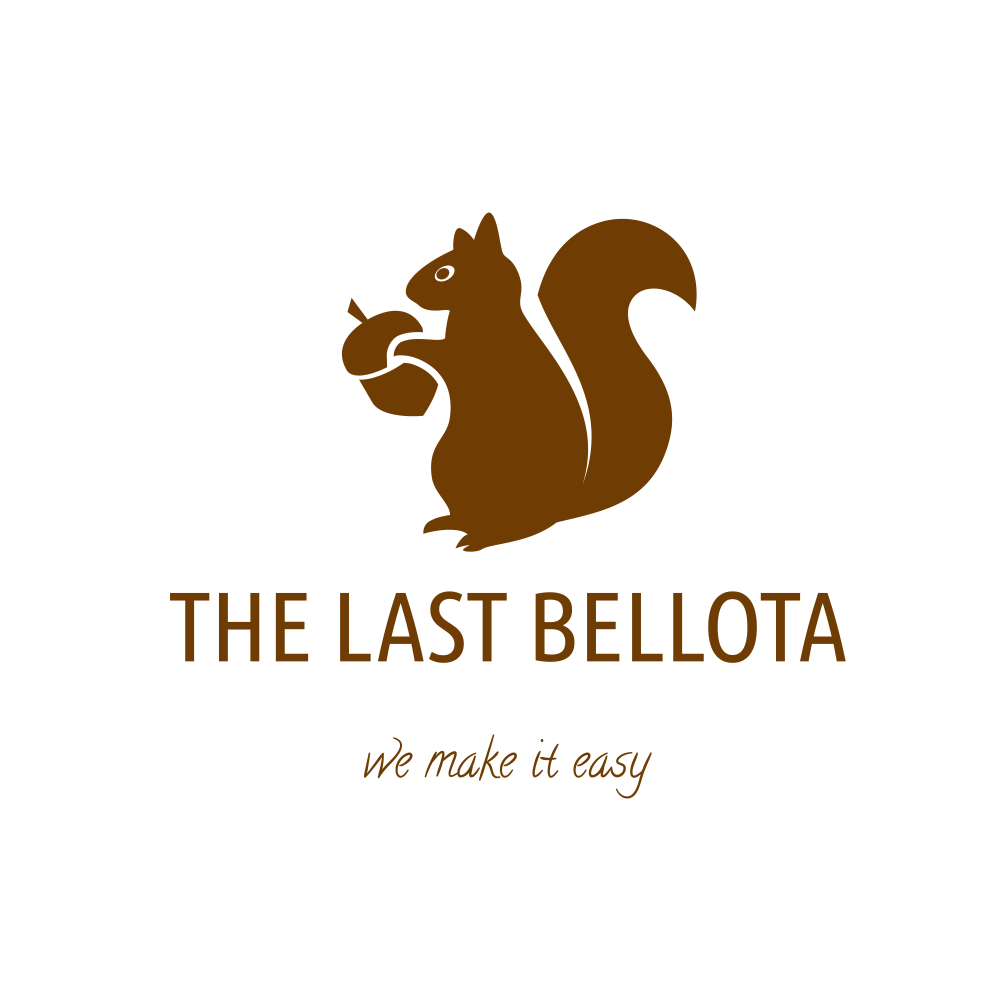

Bellota Ham 100% Iberian 80 gr.
Delivery in France 48H (EU 72H)
FREE shipping on purchases over €55
Secure payment
80 gram bag cut by hand of ham from a 100% Iberian Bellota pig from DR1855. The authentic pata negra. Silver medal for the best Spanish Bellota de los Pedroches ham. We recommend opening the bag in advance to let it reach room temperature.
• 100% Iberian breed.
• Raised in the wild.
• Acorn-based diet.
80 gram bag
This ham is produced by DR1855 (Dehesas reunidas) which has worked with pigs since 1855. It is one of the most renowned producers in Spain. In 2022 they won the silver medal for the best Iberian Bellota ham from Pedroches.
It should be emphasized that the Iberian ham from the Pedroches Valley, fed with acorns, has been the most appreciated and valued for its quality than other origins and designations of origin, thanks to the particular ecosystem of this area of origin. Andalusia.
This acorn-fed Iberian ham from Los Pedroches comes from Iberian pigs raised in the pastures of Villanueva de Córdoba, with 100% Iberian purity. During the montanera period, the animals are fed exclusively on acorns and grass. It is made by hand and its maturation time is at least 36 months.
Why buy a Bellota ham instead of a Serrano ham?
For Bellota ham, the infiltration of fat into the muscle, combined with a diet based on acorns and aromatic herbs and the exercise that the pigs perform in freedom in La Dehesa during the Montanera season, allows to obtain very juicy meat, with intense flavor, infinite nuances and an incomparable aroma. Serrano hams, on the other hand, have a milder, lighter flavor and their fat does not have the juicy texture of a slice of Iberian ham.
What are the differences between a pata negra, iberico, cebo, cebo de campo ham?
An Iberian ham is a ham whose pork is of Iberian breed. For it to be of the Iberian breed, the parents must also be pigs of the Iberian breed. So there is 100% Iberian ham, 75% Iberian ham and 50% Iberian ham. This breed of pig is a pig from the Iberian Peninsula (Spain and Portugal) whose meat quality and color make it stand out.
Now that we know what an Iberian ham is, we can divide it into different categories:
Jamon de cebo : Iberian ham (minimum 50%), which was fed on cereals and which lived mainly in closed facilities.
Jamon de cebo de campo : Iberian ham (minimum 50%) which was fed on cereals and which lived mainly outside, in the open air.
Jamon de Bellota or pata negra : 100% Iberian ham , which has been fed with cereals, acorns and herbs. Live in freedom.
There are also much longer maturation and curing times for Bellota Pata Negra ham, than for Cebo or Cebo de Campo ham. The price difference between Bellota para negra ham and other hams (cebo de campo or cebo) is significant and even very high if we compare with Serrano ham because of the diet and especially the curing and processing. lifespan of the pig. For the serano we generally expect less than a year of life, while for a Bellota we are more than 2 years old.
And the difference between Jabugo, Guijuelo or Pedroches?
Jabugo, Guijuelo, Salamancha or Pedroches are designations of origin. Indeed, there are many regions in Spain that produce excellent quality ham.
Jabugo ham, is a ham that is produced in Jabugo, Huelva, a region of Andalusia, southern Spain. There are notably hams like cinco jotas.
Guijuelo ham is a ham that is produced in Guijuelo in the Salamanca region. There are notably hams like Joselito.
Jamon de los Pedroches, is a ham that is produced between Extremadura and Andalusia. There are notably hams like DR1855 (dehesas reunidas).
